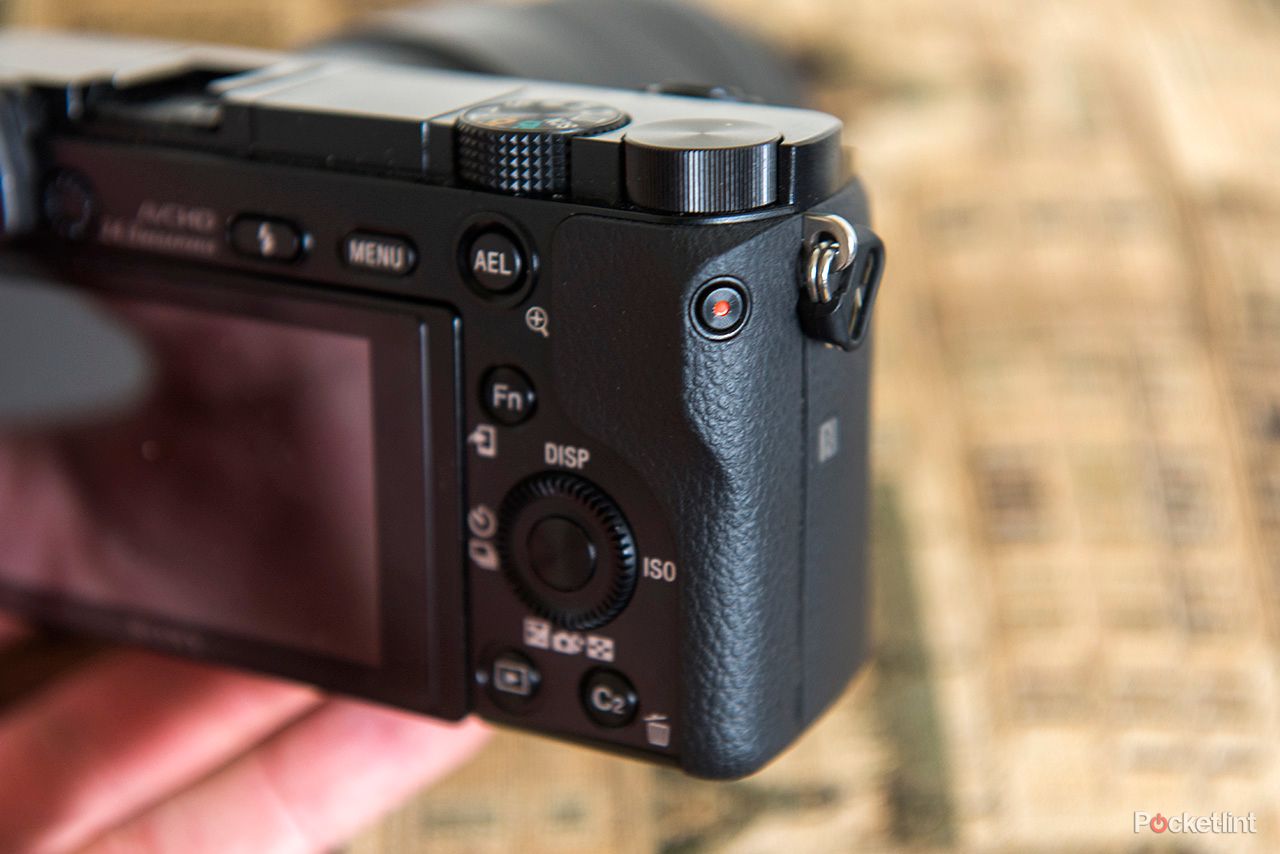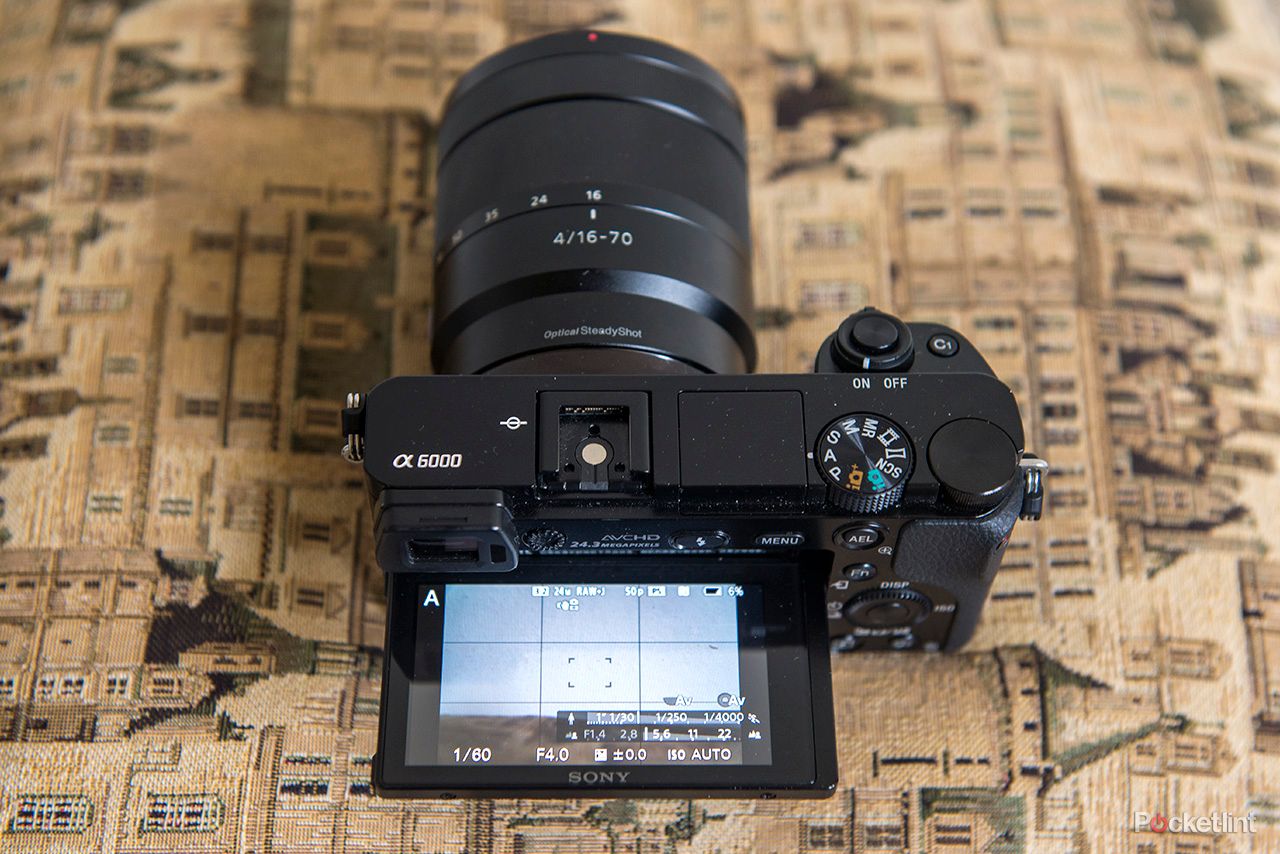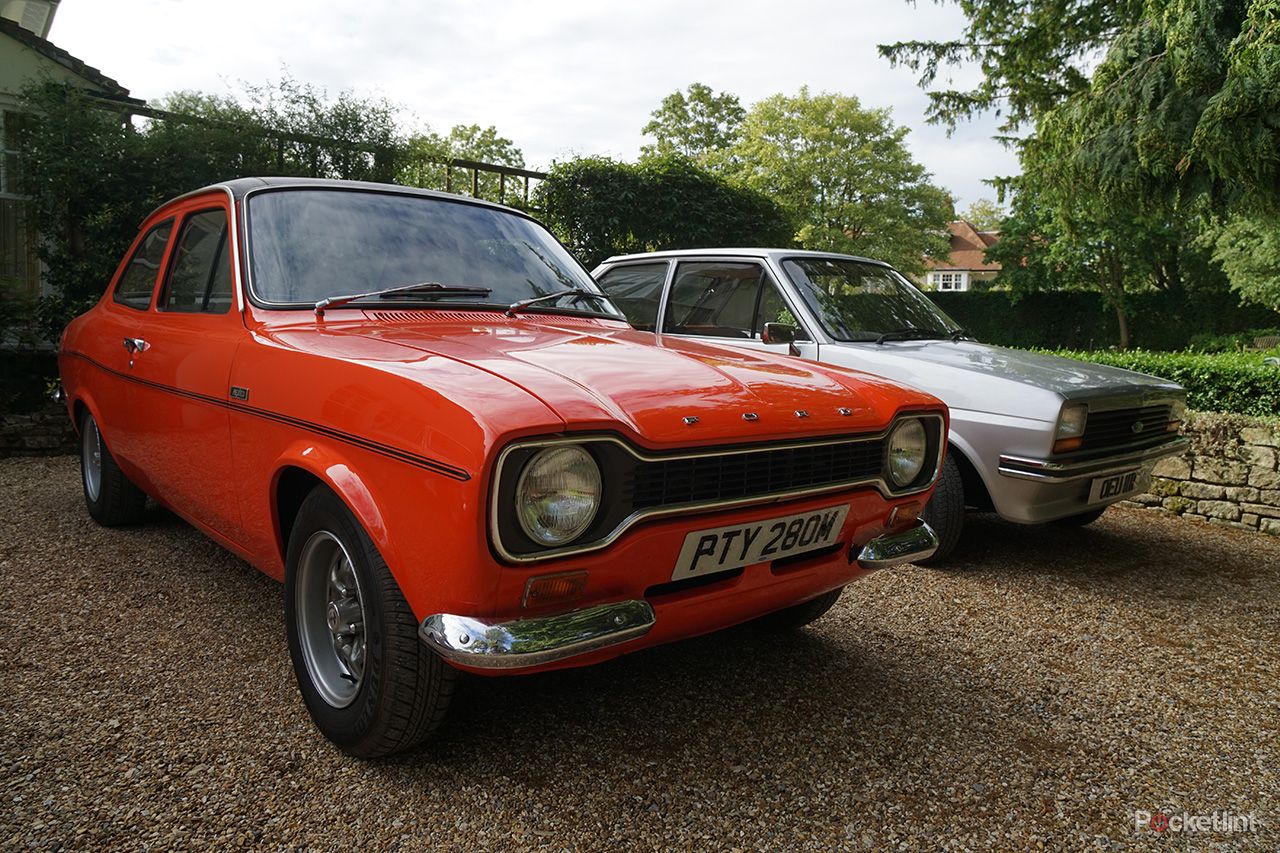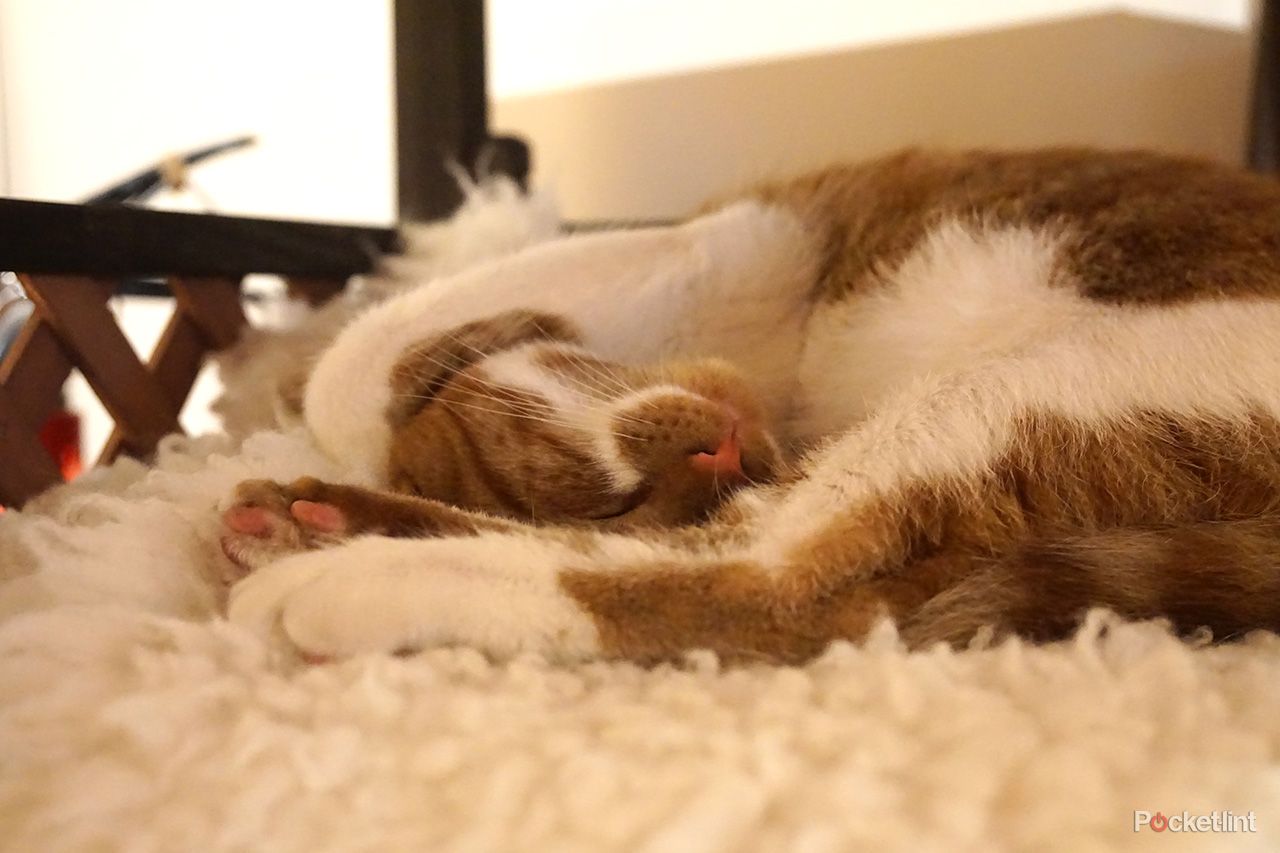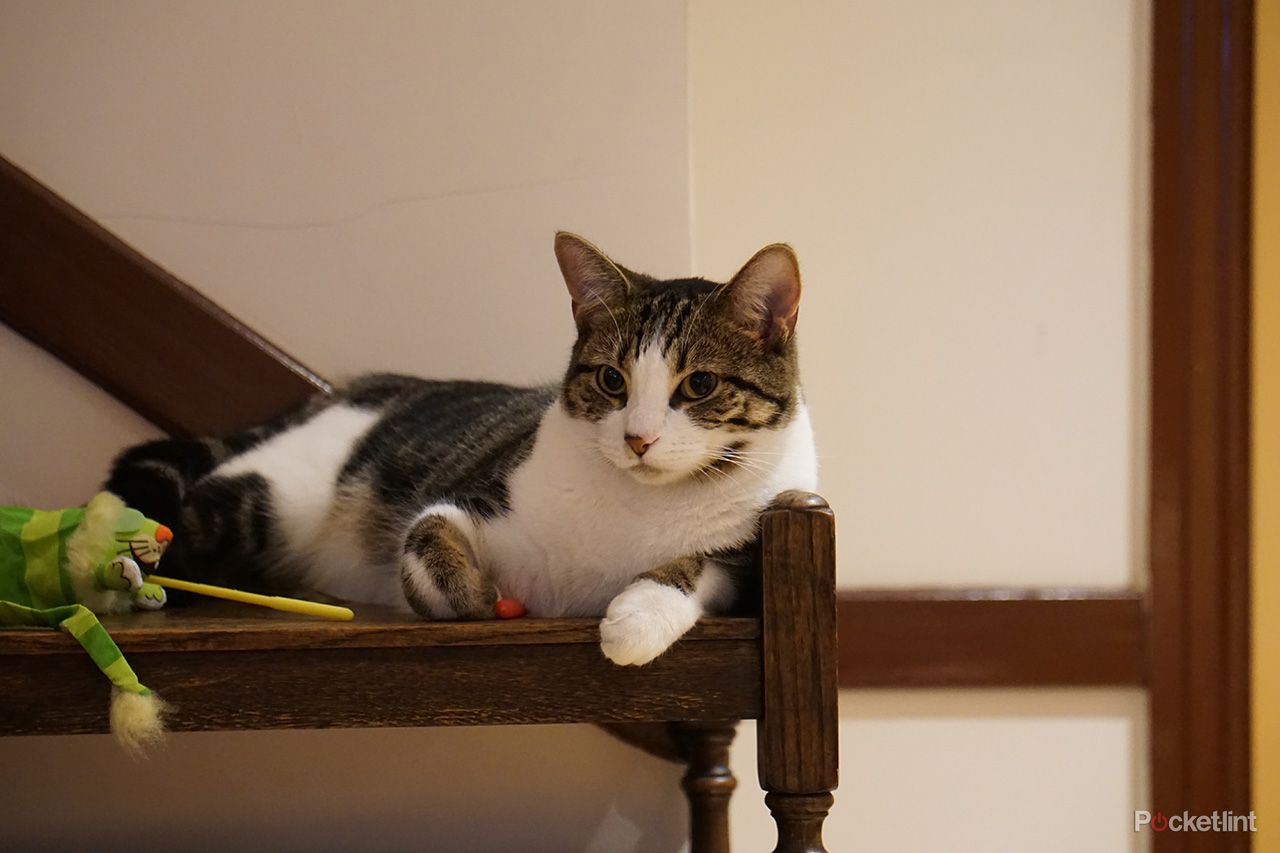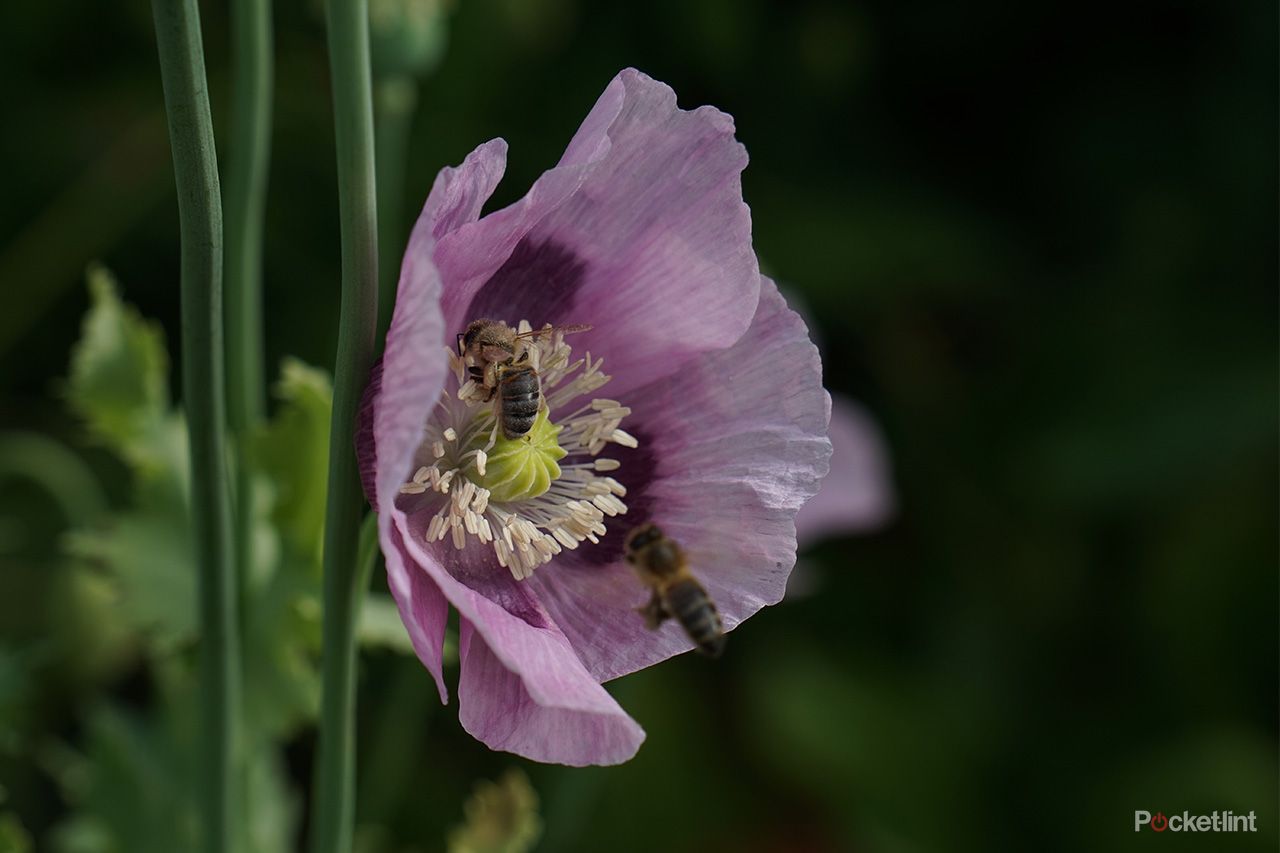The Sony A6000 is, in some respects, the older NEX-6 reincarnate. Which puts it in good stead: as far as interchangeable lens cameras go, the NEX-6 was one of our favourite small scale models with a built-in electronic viewfinder, so the Alpha A6000 arrives with high expectations.
Our quick take
All told the Sony A6000 is an echo of its earlier NEX-6 model, making it a sensible balance of small and light but also powerful and capable of producing great images. We love the built-in electronic viewfinder, tilt-angle LCD screen and the step forward in autofocus ability.
However, some slight autofocus slip-ups, a so-so battery life and no touchscreen control hold it back from being the ultimate interchangeable. And let's not forget just how strong the near competition is. Each model has its highs and lows, but the larger Olympus E-M10 and slower but stylish Fujifilm X-E1 are priced at a similar point as alternatives.
If you want a small system camera where a viewfinder is essential then the A6000 has heaps going for it. It's also so keenly priced that it will have a lot of the competition looking over their shoulders.
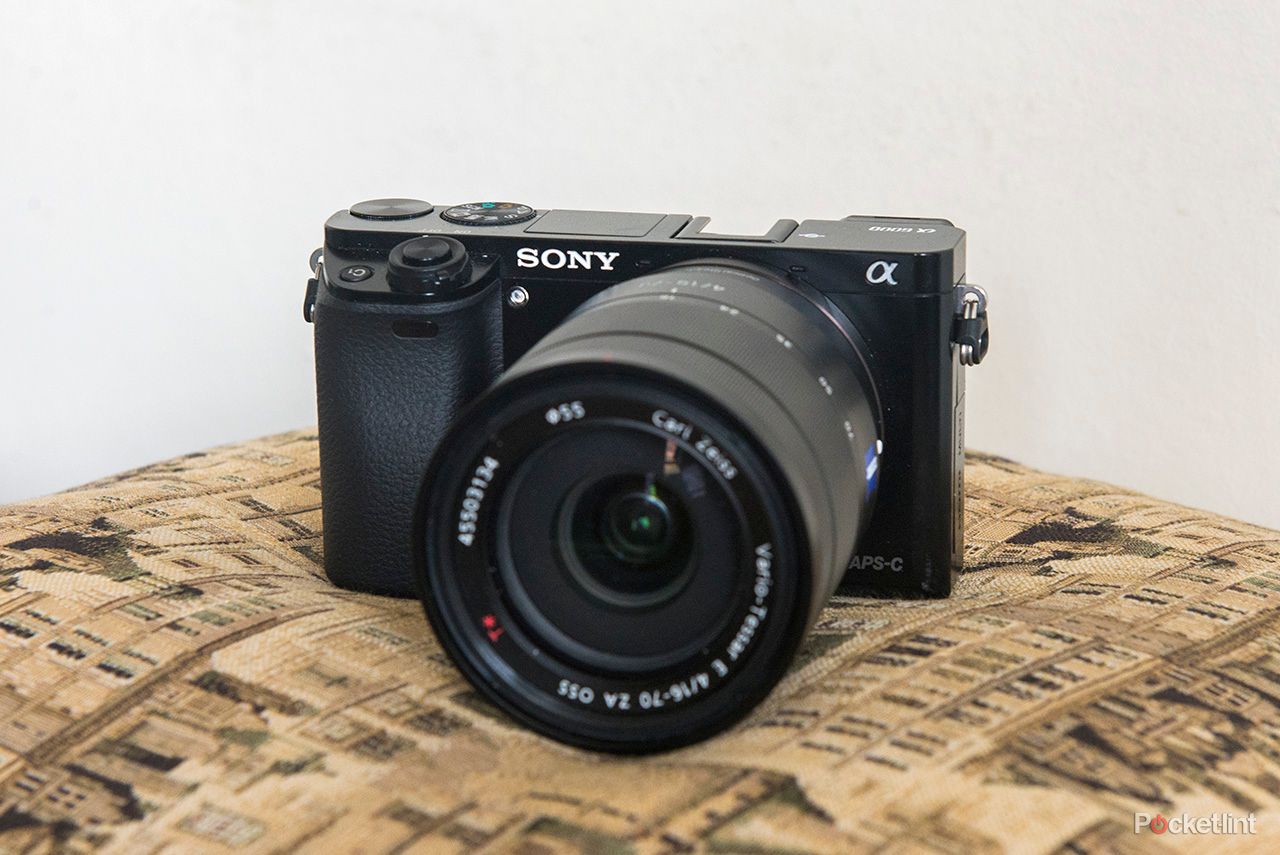
Sony Alpha A6000 - 4.5 / 5
| FOR | AGAINST |
|---|---|
|
|
The Alpha name now prefixes all Sony interchangeable lens cameras, as part of the company's attempt to breathe new life into its E-mount compact system camera line. Although the A6000 hasn't reinvented the wheel, it does retain the positive elements from Sony's back catalogue of products alongside a more advanced autofocus system than before.
But time moves fast and in the last couple of years we've seen some great autofocus advances in among the compact system camera competition. Is the Alpha A6000 good enough to hold up against the best of them?
Familiar design
To look at the A6000 echoes the earlier NEX-6 model. The body is near identical, measuring approximately 120mm x 67mm x 45mm, meaning it sits snugly in the hand. It's small, but not the smallest of cameras out there given the arrival of the Panasonic Lumix GM1 among some other competitors.
READ: Panasonic Lumix GM1 review
This particular Sony review unit came with the 16-70mm f/4.0 lens, but the typical in-box arrangement will come with the 16-50mm power zoom - which is significantly smaller than the hefty lens on the front of our camera. Don't let the "new" Alpha name confuse you either: the A6000 is built around the Sony E-mount, not the larger A-mount.
Design wise the boxy form and straight lines are typical of Sony's current camera line, but we think it adds a distinctive edge to the look. The A6000 is well made too, with a metal body and embossed name atop the camera.
Controls are plentiful, with a dual dial arrangement to the top encapsulating the main mode dial and control wheel; the rear d-pad makes up the equivalent second control wheel on the rear. It might take a bit of practice to learn your way around, but Sony's come a long way in terms of its quick access menus and layout - we found it accommodating enough to pick up and use.
Premier features
Despite an affordable £649 price tag there's a lot on offer in the A6000. The built-in electronic viewfinder to the side delivers a 0.39-inch panel with a 1.44m-dot resolution and it works really well. Minimal ghosting is a positive, but the overall resolution is actually lower than the earlier NEX-6 model. We've seen larger and more resolute panels, such as that in the Fujifilm X-T1, but given the scale and the price point we're still fans of the Sony arrangement.
READ: Fujifilm X-T1 review
When not using the viewfinder the rear LCD provides a 3-inch 921k-dot preview onto the world. Better still it's mounted on a tilt-angle bracket meaning it can be angled just beyond 90-degrees upwards or around 45-degrees downward for waist-level or overhead work. We used it a load in practice too - it's a really good way of avoiding getting low to the ground and being able to compose more creative shots with accuracy.
The screen isn't Sony's latest WRGB (white, red, green, blue) panel but we still found it to work pretty well outdoors and should the sun get too much then there's always that viewfinder. Just like the earlier NEX-6 the A6000 still lacks a touch-sensitive panel, so no finger-jabbing control from this particular model. Odd seeing as some earlier NEX models had touch panel controls.
Performance
In today's super-fast tech world manufacturers are all pushing for the fastest possible autofocus. Sony claimed at launch the A6000 delivers the "world's fastest" system thanks to a new 179-point phase-detection autofocus system joining the contrast-detect on-sensor system.
However, that's a claim we've heard time and again from many camera makers. In the case of the A6000 it's definitely quick, but in our day to day use we wouldn't describe it as the fastest out there - not with this lens anyway. Both Olympus and Panasonic could probably contend, but we're talking tenths or hundreds of a second different.
READ: Best compact system cameras 2014
Give the A6000 good light and subjects slip into focus at pace. But it's some of the finer details that hold the A6000 back from being better. Take low light conditions, for example, where instead of honouring a specific selected focus point it's not uncommon for a generalised green box to show up around the majority of the image instead. With close-up focus and some other scenes we also found the focus could hunt and miss locking on, so accuracy isn't always on point either.
Sony Alpha A6000 review - sample image at ISO 100 - click for full size JPEG crop
Saying that even when shooting at high ISO sensitivities of ISO 6400 - necessary in dim conditions without flash - we achieved focus with few qualms in conjunction with the built-in AF assist lamp. We also like the inclusion of user-positioned focus points available in large, medium and small sizes; in addition there are automated wide, zone or centre options available too.
When it comes to continuous autofocus the A6000 seems to step things up a gear compared to much of the competition. It's swift to swap between focal depths in AF-S mode, although can be inconsistent: sometimes you'll be waiting half a second for a transition, while other times the focus shift is near immediate. Compared to similar-price DSLR cameras, however, and Sony has the upper hand here - which isn't something that can be said about many other compact system cameras. If the autofocus area control was a little more customisable and complex - think along the lines of the Panasonic Lumix GH4 and its custom multi option - then we think the system would be even better. But for £649 it's impressive.
READ: Panasonic Lumix GH4 review
If manual focus is more your thing then the addition of focus peaking can assist in outlining subjects when they are in focus. Using the 16-70mm lens the smooth manual control ring made light work accurate focus, while the on-screen magnification further assisted in pinpoint precision.
Sony Alpha A6000 review - sample image at ISO 6400 - click for full size JPEG crop
Add in 11 frames per second burst shooting and the A6000 has another top feature under its belt. Shooting JPEG Fine only we reeled off 48 consecutive shots at that pace before there was any delay in capture, while raw & JPEG Fine captured an impressive 21 consecutive frames at full resolution. There's around a 22 second pause after while the buffer clears the data to the SD card, during which time it's still possible to shoot but not change core settings from within the menus.
Battery life, on the other hand, is typical of a compact system camera: it's not exactly exceptional but will keep you going for around 250-300 shots per charge. And you can always cart around an additional battery if that's not going to be enough. But it is the area that we'd most like to see improve, a sentiment we repeat with pretty much every compact system camera ever.
Image quality
Under the hood the A6000 utilises a 24.3-megapixel sensor with gapless-on-chip design. This essentially means the on-sensor "pixels" don't have a space between them and, therefore, can be larger for better light-gathering properties and, in turn, better images. It's the same technology that Sony has employed in its Alpha A7 flagship model, albeit here on a sensor with a smaller surface area than its full-frame big brother.
READ: Sony Alpha A7 review
Sometimes we thought the rear LCD screen didn't give the most accurate representation of exposure compared to results when viewed on a computer, while raw and JPEG exposure levels are typically boosted more than their raw counterparts, but the more we looked the more we liked what we saw from this camera.
Sony Alpha A6000 review - sample image at ISO 3200 - click for full size JPEG crop
Despite the significant resolution the A6000 does a really good job of handling image rendering. Perhaps the JPEG image processing is a little overzealous in removing visible grain for the sake of image noise reduction, as is clearly evident in ISO 3200 shots and above where fine details in, for example, a cat's fur is softened into a slightly "smeary" result. But from the raw file a bit of selective production will see excellent results.
At the lower end of the scale we got stacks of detail from shots of flowers and some great wider-angle shots of classic cars just outside of Goodwood Festival of Speed. Indoors the white balance was occasionally a little off for our tastes too - but nothing too bad that couldn't be corrected for.
Middling sensitivities also held up well. We'd happily shoot at ISO 800 with few qualms, although quite why Sony has opted for ISO 25,600 to be a setting we don't know - it's next to useless. Pretend it's not there and focus on the good stuff, though, and the A6000 produces decent high-resolution images throughout the majority of its sensitivity range.
We'd opt for converting raw files if you intend to shoot high up the range and want to maintain best possible detail, but otherwise there are few complaints - Sony more than holds its weight against its competitors. Match it up with a decent lens and prepare to be happy with the big results from this small camera.

